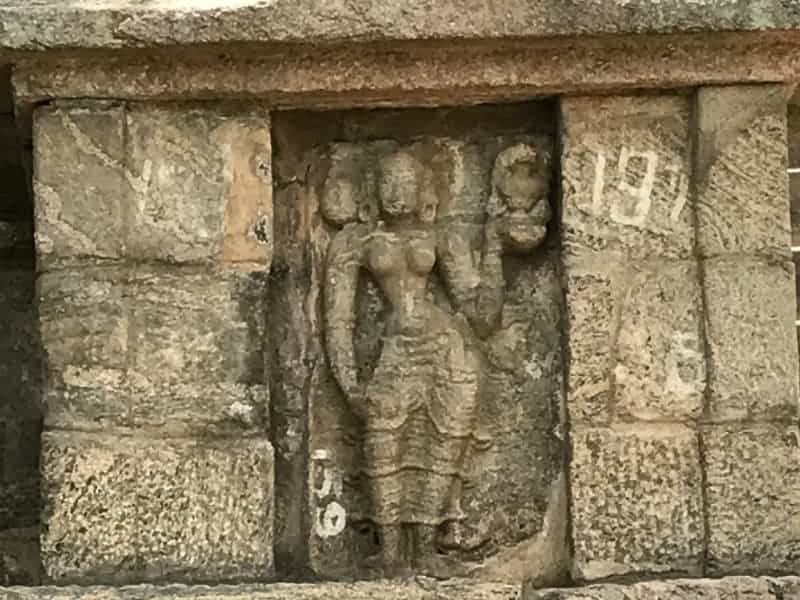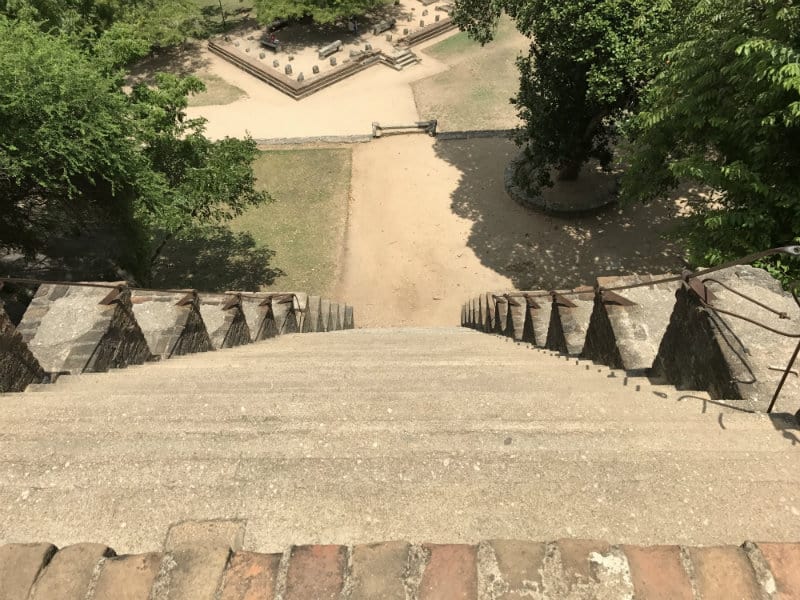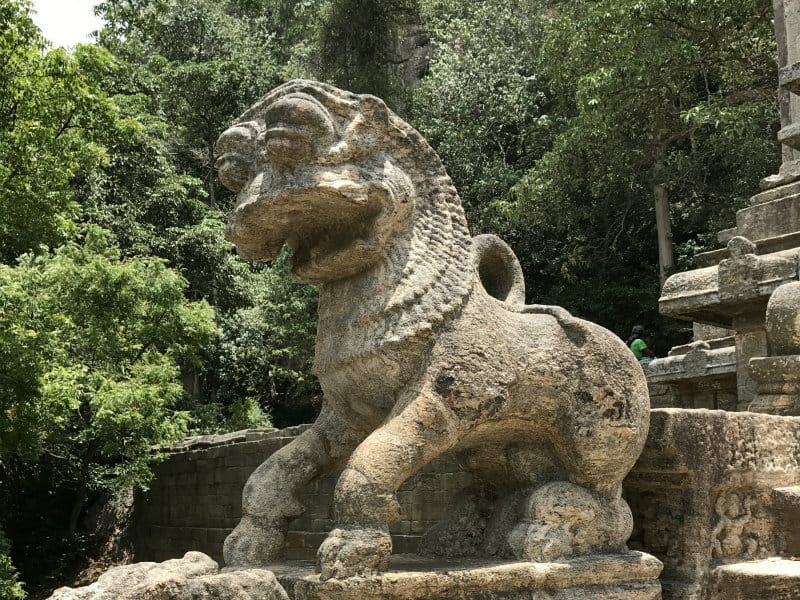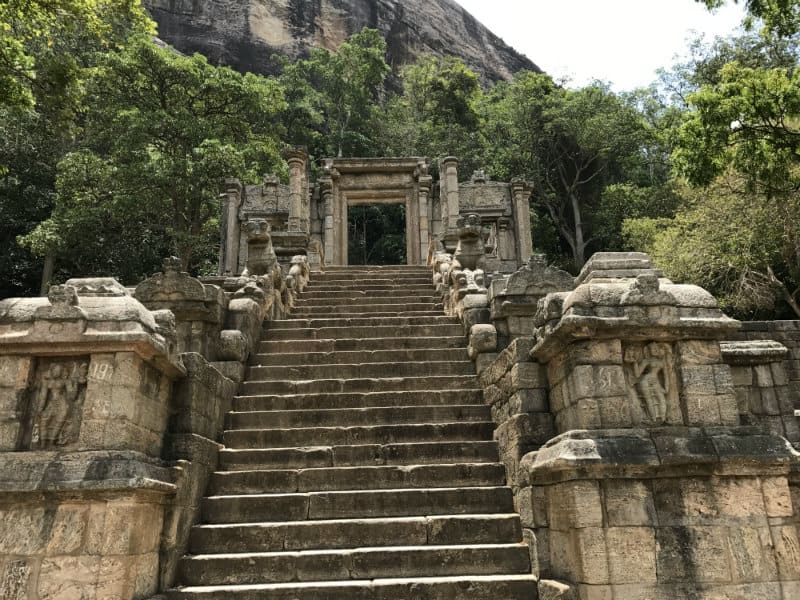During the 12th century AD, the northern hydraulic kingdom of Polonnaruwa faced a decline, mainly due to several factors. This included the rise of multiple minor monarchs and a lack of clear succession within the Rajarata royal families. There was also an ongoing dynastic conflict between the Indian Pandyans from Madurai and the Kalingas from Orissa. Ultimately, King Magha of Kalinga invaded the region, plundering the city and causing extensive damage to its infrastructure, especially the network of canals and reservoirs crucial for large-scale irrigation. With a lack of technicians to restore this vital man-made irrigation system, the economy suffered, and stagnant water led to widespread malaria epidemics. Unlike the earlier Chola rulers, Magha was a conqueror rather than a governor, causing significant hardship in Polonnaruwa. As a result, several other kingdoms started to emerge in the southwestern part of the island, but none were powerful enough to reclaim the north from Magha’s rule.
One of the most robust medieval kingdoms was established in Dambadeniya by King Vijayabahu III, who initially ruled a province. His capital was strategically located in a sheltered area, with natural defenses provided by the isolated mountains, dense forests, and rivers of the southwest. However, despite its strength, the new kingdom experienced internal strife. In the 13th century, a grandson of Vijayabahu III was assassinated during a coup, prompting his brother to flee and establish his rule at a natural rock fortress known as Yapahuwa, which has since become a renowned historical site called the Yapahuwa Kingdom. Although the royal citadel was not as grand as Sigiriya, it was constructed following a similar plan.



The king’s personal quarters were not situated at the summit of Yapahuwa but at a lower level. In contrast, the rest of the population was highly urbanized, residing in the hinterland below, surrounding their ruler. The initial monarch of Yapahuwa was Buvanekhabahu, the grandson of Vijayabahu III, and it’s evident why he saw this inselberg as a favorable location for his kingdom. While the area is now encircled by forest, in the past, it would have been primarily characterized by urban sprawl around the rock. The Yapahuwa Kingdom was enclosed by a tall protective wall and a vast moat. Nonetheless, this did not prevent the king from embracing artistic elements.
When one mentions the Yapahuwa Kingdom, one of the most iconic artworks in the country comes to mind—the stone lion guarding the staircase leading to the main entrance of the royal fortifications. While larger stone lions are found throughout the country, these are the most intricate and stylized, showcasing a unique style not previously seen in Sri Lanka. The ancient remains of the citadel also feature other fascinating stone carvings, including the rock-carved stairway, balustrades adorned with elephant-headed monsters, and massive columns guarding the stone entrance to the palace. Some of the friezes may have weathered with time, but they are far from uninteresting, displaying remarkable detail reminiscent of earlier Sri Lankan kingdoms.
Although Yapahuwa Kingdom had a relatively short-lived period as the capital of the island, it was strategically positioned within a vast trade network. Notable artifacts include fine pieces of porcelain, which were produced exclusively in China and the Far East during that era. Medieval China was engaged in extensive maritime and overland trade routes, including the Silk Route, both of which connected to Sri Lanka. Chinese coins have been uncovered in the area. Additionally, Buddhist relics such as statues and paintings have been found, dating back to the Kandyan Kingdom, as evidenced by the colors and art style used in their creation.
Written by Vasika Udurawane for Travel Lanka Compass



0 Comment